Hi all, I generally write technical articles on my blog but sometimes I prefer to write some conceptional articles like this one. In this article, I want to describe to you the essence of AGILE and SCRUM. Let’s start with the Agile Manifesto!
| Individuals and interactions | over | Process and tools |
| Working Software | over | Comprehensive documentation |
| Customer Collaboration | over | Contract negotiation |
| Responding Change | over | Following a plan |
That’s, while there is value in the items on the right, the agile manifesto value the items on the left more.
What is SCRUM?
Scrum is an agile framework within which people can address complex problems, and deliver products with the highest possible value in a productive and creative way. It is
- Lightweight
- Simple to Understand
- Difficult to Master
The Scrum Framework comprises of Scrum Team, Daily Scrum, Sprint, Product Backlog, Sprint Backlog, Sprint Planning Meeting, Sprint Review Meeting, Sprint Retrospective Meeting, and Refinement Meeting. Now, let’s understand what they are.
The Scrum Team
Scrum Team comprises of
- Scrum Master (SM)
- Product Owner (PO)
- Development Team (Cross-functional professionals)
Scrum Master
- Encourages face-to-face communication, the teams’ self-organization, and accountability.
- Solves problems for the team, not waiting for who broke it or who should fix it.
- Ensures the Scrum Team is functional and productive.
- Enacts Scrum values, rules, and practices throughout the organization.
- Provides guidance and support for the Scrum Team.
- Gives regular feedback to the team, and helps them to catalyze change.
Product Owner
- Provides a vision for the team, and clearly communicates this to the rest of the team.
- Optimizes and increases the value of the product.
- Creates and maintains the Product Backlog.
- Sets the acceptance criteria for each user story.
- Chooses what and when to release.
- Represents stakeholders and customers to the Development Team.
Development Team
- Operates a series of Sprints.
- Self-organize itself and its work.
- Creates the product increment.
- Works with the PO and optimizes the value.
- Typically 6 (+3 || -3) members.
- The development team should be cross-functional (backend developer, frontend developer, architect, tester, mobile developer, etc.)
- Completes development, test, and other technical tasks to achieve sprint goals.
- Attends all the meetings and ceremonies.
- Communicates the status of the work on a daily basis.
Artifacts
Product Backlog
- Prioritized list of features that the product owner wants to be delivered.
- Changeable and being evaluated.
- Potential features of the product.
- It should be public and easily available.
- PO should maintain the Product Backlog. This is his/her responsibility.
- A product backlog item is a unit of a deliverable work, contains clear acceptance criteria, and comprises of or references to the other artifacts such as mock-ups, models, and specifications. It must be sized appropriately.
Sprint Backlog
- List of tasks identified and prioritized by the Scrum Team to be completed during the Sprint.
- In Sprint Planning Meeting, the team selects some Product Backlog Items (PBIs) to form the Sprint Backlog.
- Teams mostly use Scrum Board to represent Sprint Backlog Status such as TODO – IN PROGRESS – DONE or OPEN – IN DEVELOPMENT – IN TEST – IN UAT – DONE etc.
Increment
- The usable and working software created in the Sprint.
- Potentially shippable.
- HAS to be DONE!
Scrum Events
Sprint Planning
Sprint planning is a meeting where the development team decides what will be done and how it will be done for the sprint. It is a collaborative effort involving Scrum Master, who facilitates the meeting and the Product Owner describes the details of the PBIs and their acceptance criteria, and the whole team defines the work and effort that fulfills their sprint commitment.
Inputs
- PBIs
- Latest Increment
- Development Team Capacity
- Past Performance of the Development Team (Team Velocity Chart)
Outputs
- The Sprint Goal or Goals
- Sprint Backlog
Daily Scrum
- It is a daily meeting of the Development Team.
- Meetings are generally established at the same place and the same time in front of the Scrum Board each day in the morning.
- The team assesses progress for the sprint, creates a plan for the next 24 hours, synchronizes the activities, defines impediments, and sets actions.
- It should finish in a 15-minute time-box.
Sprint Review
- Scrum Team presents and demonstrates the Product Increment.
- The whole Scrum Team and related stakeholders participate in the meeting.
- Scrum Team gets feedback from the Stakeholders.
- Feedback is noted and it will use as guidance for the next increment
Sprint Retrospective
- Inspect and Adapt is one of the most critical things in Agile Scrum and this meeting is an inspect and adapt opportunity for the Scrum Team.
- They inspect how the sprint has been passed.
- They decide what and how they want to adapt the process for improvement.
- They set the actions for the next iteration.
Refinement Meetings
Five to ten percent of each Sprint must be dedicated to Product Backlog Refinement (PBR) Meetings. This meeting comprises:
- In-depth requirements analysis.
- Break down user stories into smaller ones.
- Estimate new PBIs.
- Re-estimate the existing PBIs.
PBR is not for the current sprint, it is for the PBIs in the next sprints. It is better to do refinement for the next two sprints. Thus, sprint planning meetings will be much more effective and fast because PO and SM start the planning with a well-defined and clear list of user stories. If it is not done, sprint planning will be completely messed up. Scrum Team asks too many questions and there will be too much confusion.
I also want to share with you important values of the scrum as shown below: Courage, Focus, Commitment, Respect, Openness
, and 10 Principles of an Agile Tester is listed below:
- Provide continuous feedback.
- Deliver value to the customer.
- Enable face-to-face communication.
- Have courage.
- Keep it simple.
- Practice continuous improvement.
- Respond to change.
- Self-organize.
- Focus on people.
- Enjoy!
References
- https://www.scrum.org/
- http://www.innolution.com/essential-scrum/table-of-contents/chapter-6-product-backlog
- http://johnpeltier.com/blog/2011/09/18/should-the-product-manager-be-product-owner-for-new-product-development-in-scrum/
- https://agilegnostic.wordpress.com/category/agile/scrum/scrum-master/
- http://slideplayer.com/slide/10538020/
- http://www.full-stackagile.com/2016/02/05/sprint-planning-remember-its-a-sprint-not-a-marathon/
- http://www.full-stackagile.com/2016/03/02/the-sprint-review-the-product-owners-meeting/
- https://www.linkedin.com/pulse/sprint-ceremonies-daily-scrum-greg-smart
- https://www.slideshare.net/ashlychrstn/kantan-agile-scrumbasics
- https://www.scruminc.com/product-backlog-refinement/
- http://www.acm-software.com/en/agile/
- http://blog.belatrixsf.com/10-must-have-principles-for-agile-testers/
See you in the next article!
Onur

Onur Baskirt is a Software Engineering Leader with international experience in world-class companies. Now, he is a Software Engineering Lead at Emirates Airlines in Dubai.


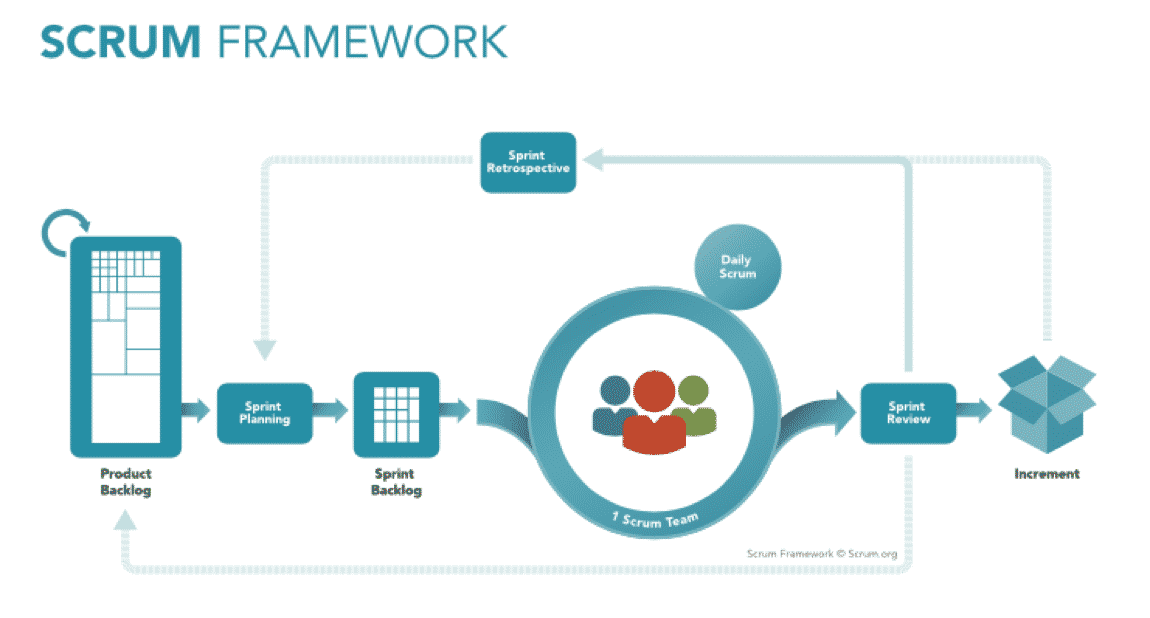
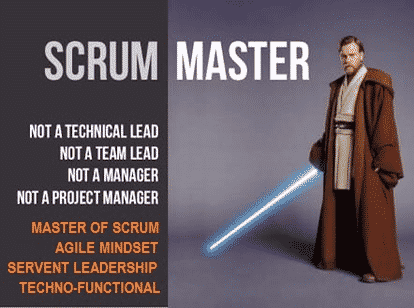
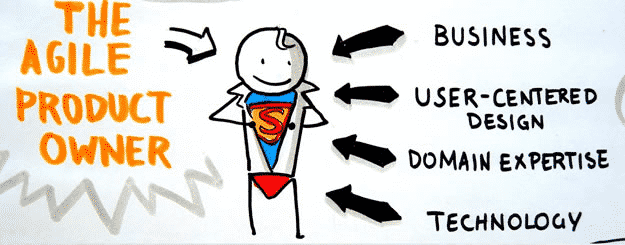
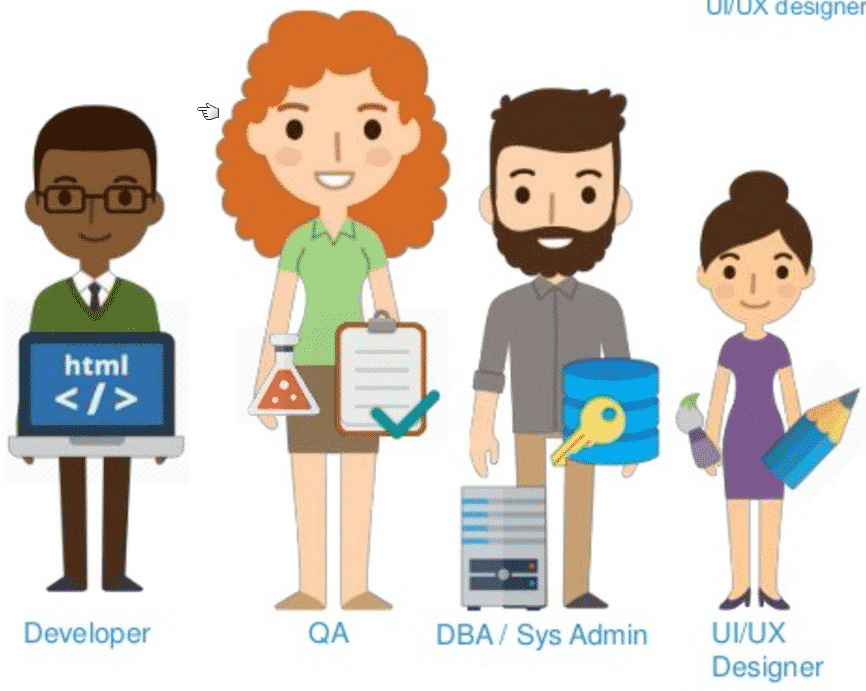
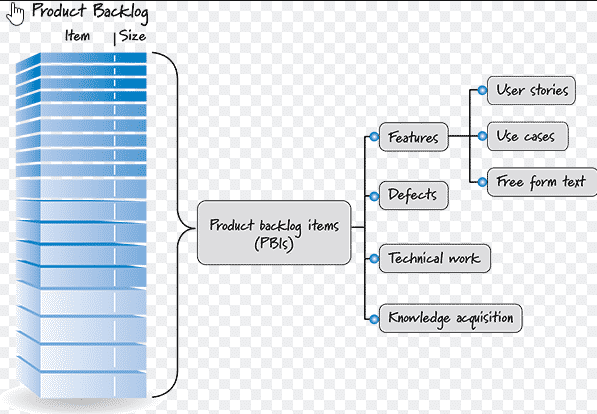
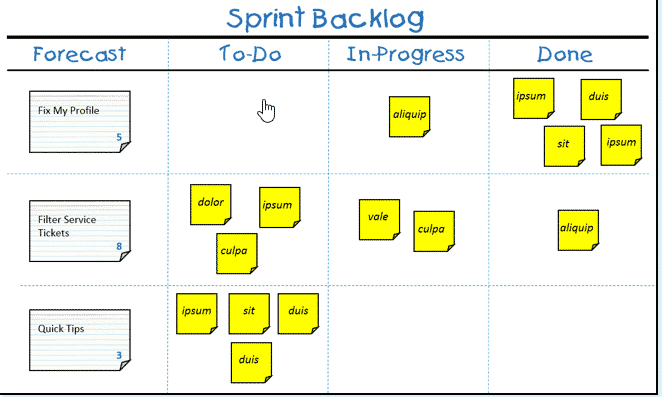

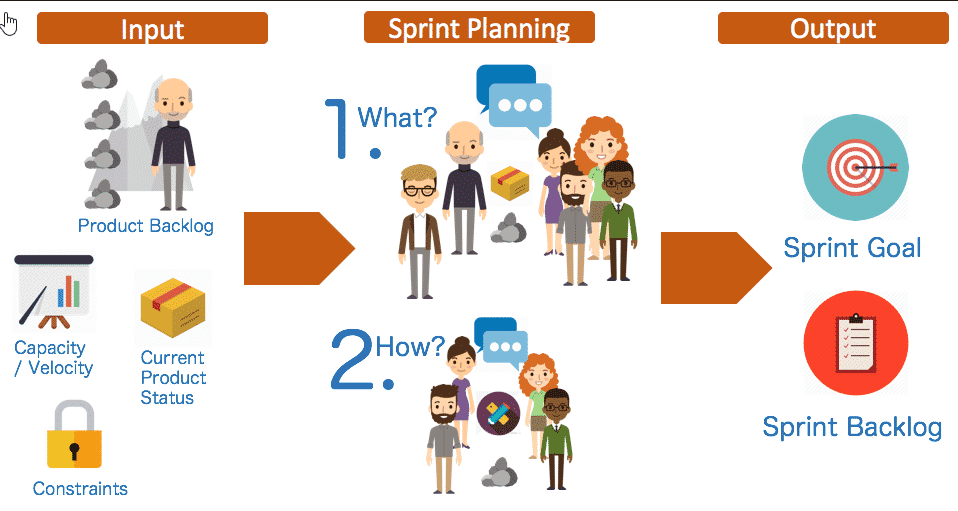
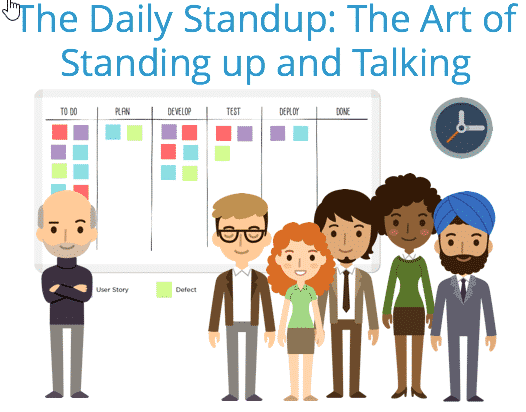
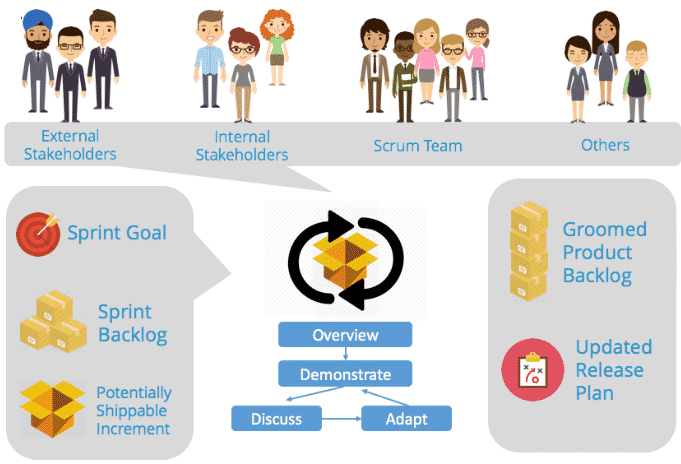
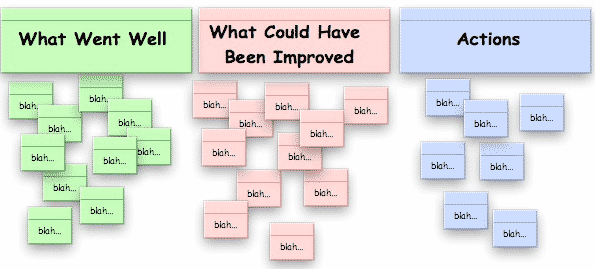
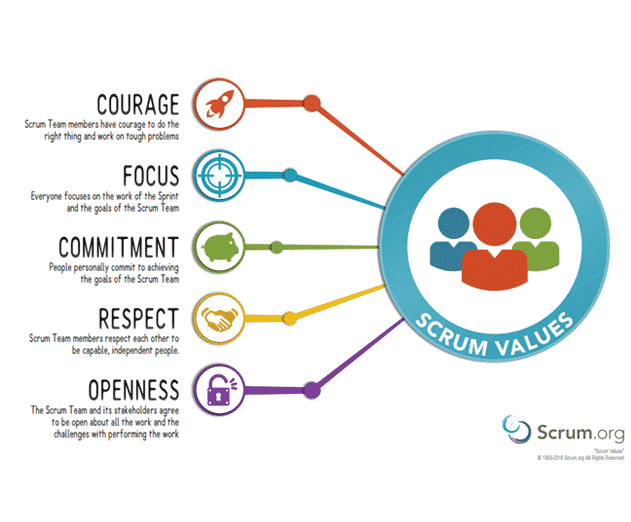
I read your post and It is very informative. Thanks for sharing this post!
Welcome Emily. Thanks for your kind comment.